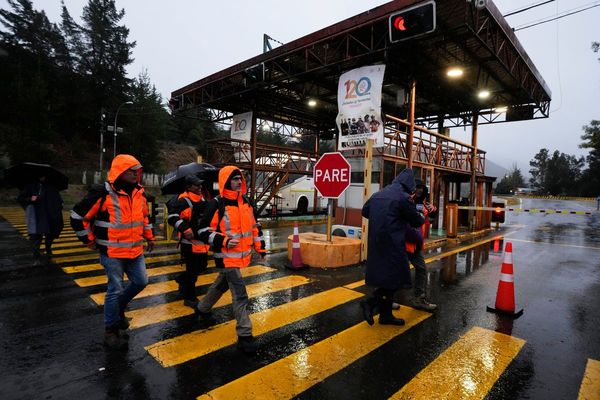It is a well-known fact that productivity growth has slowed in recent decades despite the continual increase in R&D as a share of GDP.
Much ink has been spent on assessing whether this is a measurement problem – the consensus is unlikely; or is because we are running out of transformative ideas – though the evidence is inconclusive. According to leading scientific journal Nature, we still produce roughly the same number of disruptive scientific ideas as the past 70 years.
According to Professor Ashish Arora, from Duke University, this decline has been caused by a deterioration in the pathways from idea to commercialisation. Prior to the 1980s, many breakthrough innovations were conceived, developed and commercialised within the same large company.

Think DuPont, AT&T, IBM, General Electric, Alcoa, Kodak. These labs gave us transistors, nylon and the incandescent light bulb but importantly were heavily engaged in contributions to basic science – 15 Nobel prizes were awarded for work conducted in large corporate laboratories in field of physics, chemistry and others.
Not only were these companies able to sustain large interdisciplinary research teams, but because they operated in many and varied product markets, they had diverse avenues for commercial development. The mobility of highly skilled researchers between companies and universities meant companies were able to integrate ideas from high science into commercial application. Most of these companies no longer exist or have abandoned their research departments.
In the closing decades of the 20th Century, deep research in top flight corporate laboratories gave way to a focus on incremental research, development – R&D has shifted from R to be dominated by D In the process, there is increasing signs that large companies are losing the ability to understand and absorb research from universities as they focus on incremental improvements such as model variations and smaller adaptations.
The exceptions to the decline in corporate research are the digital giants – Google, Microsoft, Facebook etc. However, missing are the inventions based on engineering, physics and other deep technologies.
Universities cannot not substitute for corporate researchers. University researchers have different career goals from corporate researchers and operate on different time scales. Universities prioritise understanding and explanation over solutions to specific problems and their outputs do not necessarily articulate well into commercial pathways.
So how should policy respond? How can we find new pathways to market for Australian scientific success? Professor Arora and colleagues believe that putting more public support into venture capital is just digging in the same hole. There always more money than good projects with the capabilities to develop them.
The VC model is mostly suited to technologies with low research costs (eg., software) or clear commercialisation pathways (eg., the life sciences). For many engineering, chemical, electrical and physics-based inventions, neither of these conditions will be met.
Nor is the answer a further shift in university focus toward immediate industry demand. Turning universities into contract researchers limits focus to areas firms already have vision and capability. In other words, it shifts resources to a part of the system that already exists rather than adding new capability. We lose transformative research with little or no prospect of gaining capacity to build new pathways to market for our science.
Building new pathways is complex, but there are steps we can take. Professor Arora does not see a return to the Golden Age of corporate science any time in our near future. Professor Arora highlights higher degree researcher training as a potential unsung hero in technology transfer and upgrading both technological and absorbative capacity of the private sector.
Improving worker mobility between universities/CSIRO and companies can enhance the transfer of know-how between organisations (as goes the aphorism ‘If you want to transfer knowledge, wrap it up in person’), but it builds bonds of trust between organisations that are critical for investing in uncertain and opaque technologies. Without trust, the market for technology and ideas falls apart.
Government and industry associations could further support business and technological brokering services that link researchers to companies; governments can pledge to buy innovative products thereby ensuring a market; and, taking a leaf out of Australia’s successful rural R&D corporations, systems can be designed to efficiently manage the transfer new ideas and processes to firms.
Universities and corporations can engage more enthusiastically in joint PhD programs and student internships and the government could reinvigorate the widely acclaimed Researcher-in-business program that placed university & CSIRO researchers in a business for a year.
Associate Professor Russell Thomson specialises in the economics of science technology and innovation at the Swinburne University of Technology. Professor Beth Webster is the pro vice-chancellor (Research Policy and Impact) at Swinburne University.







